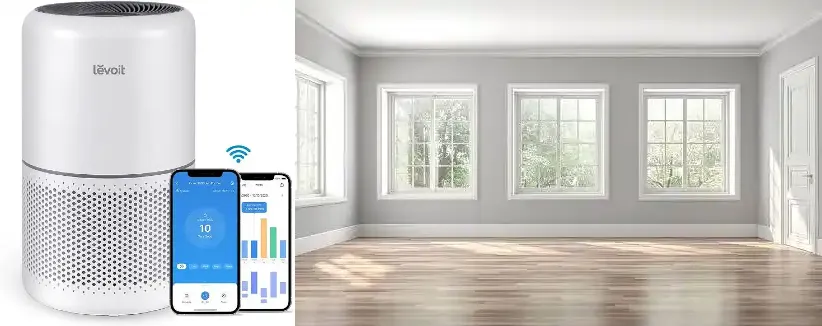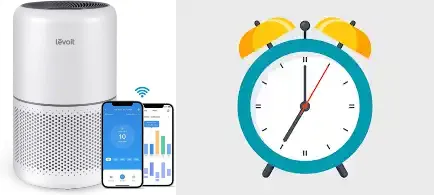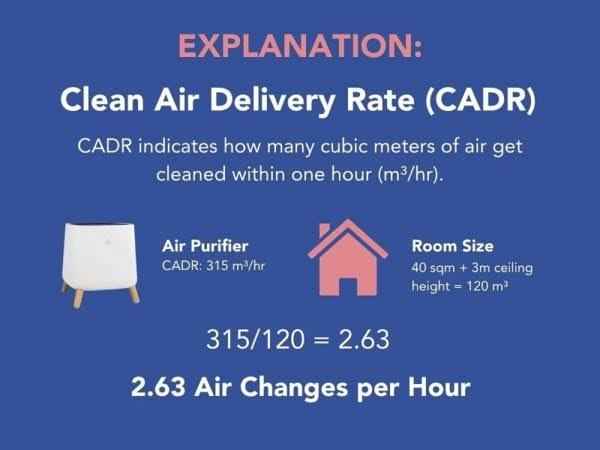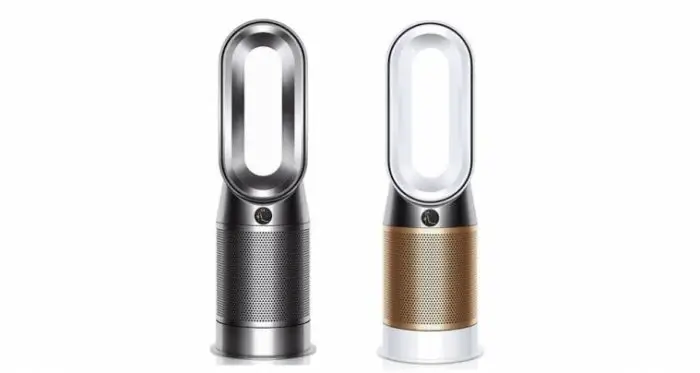Air Purifiers vs. Air Scrubbers: Understanding the Differences
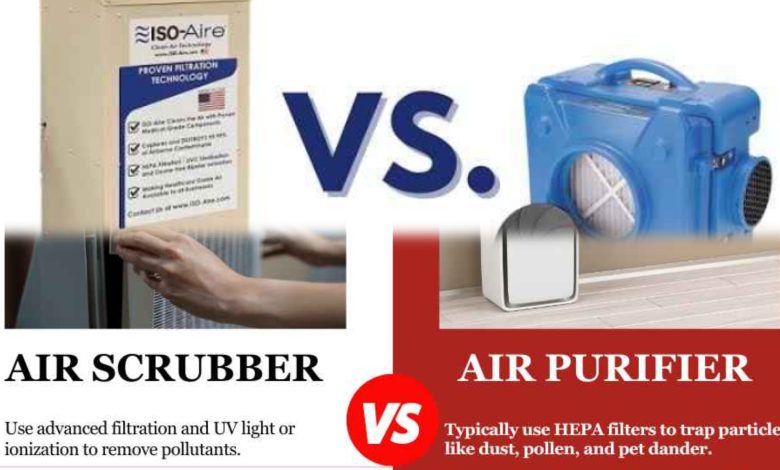
Clean air is vital for maintaining good health, yet it is often taken for granted. Poor indoor air quality, caused by pollutants, allergens, and pathogens, can lead to allergies, respiratory issues, and long-term health complications.
Air purifiers and air scrubbers have emerged as popular solutions, but they serve different purposes. So how do they differ, and which one should you choose? Knowing their differences can help you choose the best device for your needs.
This guide offers an in-depth comparison, exploring how each technology works, their benefits, and how to determine the right fit for your home or workplace. Let’s break it down.
What Are Air Purifiers?

Air purifiers are devices designed to filter and clean the air by removing airborne contaminants. They focus on improving indoor air quality by targeting common pollutants like dust, smoke, allergens, and pet dander.
Key Features and Technologies in Air Purifiers:
- HEPA Filters: These high-efficiency filters capture particles as small as 0.3 microns, including allergens and fine dust.
- Activated Carbon Filters: Absorb chemical vapors, smoke, and odors, ensuring fresher air.
- UV-C Light Technology: Utilized in some models to neutralize bacteria and viruses by disrupting their DNA.
Air purifiers are typically lightweight and portable, making them ideal for residential spaces such as bedrooms, living rooms, and offices. They are particularly beneficial for people with asthma, allergies, or respiratory conditions.
What Are Air Scrubbers?

Air scrubbers take air cleaning a step further by not only purifying the air but also sanitizing surfaces. They are equipped with advanced cleaning technologies to eliminate pollutants, mold spores, bacteria, and volatile organic compounds (VOCs) from indoor spaces.
Types of Air Scrubbers:
- Wet Air Scrubbers: Use water or a liquid solution to trap contaminants, commonly found in industrial settings.
- Dry Air Scrubbers: Utilize dry filtration methods to remove airborne particles, often used in construction and renovation projects.
Air scrubbers are larger and more powerful than purifiers, designed for heavy-duty applications such as industrial facilities, disaster recovery zones, and spaces with high levels of contamination.
Air Purifiers vs. Air Scrubbers: Key Differences

Understanding the fundamental differences between air purifiers and air scrubbers is crucial to making an informed decision.
| Feature | Air Purifiers | Air Scrubbers |
|---|---|---|
| Primary Function | Removes airborne particles and allergens. | Cleans air and surfaces, targeting a broader range of contaminants. |
| Applications | Homes, offices, and personal spaces. | Industrial facilities, construction sites, and heavily contaminated areas. |
| Technology | Filters like HEPA and activated carbon. | Combines filtration with surface-cleaning technologies. |
| Cost and Maintenance | Affordable and easy to maintain. | Higher upfront cost, with more intensive maintenance. |
Air scrubbers are typically more robust and versatile but may be unnecessary for average households, where air purifiers often suffice.
How Air Purifiers Work

Air purifiers clean air through a multi-step process:
- Air Intake: The device pulls in air from the surrounding space.
- Filtration: The air passes through one or more filters:
- HEPA filters trap fine particles like dust, pollen, and pet dander.
- Activated carbon filters absorb harmful gases and odors.
- Air Release: Once cleaned, the purified air is released back into the room.
This technology is highly effective for reducing allergens, odors, and pollutants, creating a healthier indoor environment for occupants.
How Air Scrubbers Work

Air scrubbers utilize a more advanced process that cleans both air and surfaces:
- Active Cleaning: They release negatively charged ions that attach to airborne particles and pathogens, causing them to clump together and drop out of circulation.
- Surface Sanitization: These ions neutralize contaminants on surfaces, providing an added layer of protection.
- Filtration: Many air scrubbers also incorporate HEPA filters or other filtration systems for added efficiency.
This dual-action approach makes air scrubbers ideal for environments requiring heavy-duty cleaning, such as hospitals, industrial sites, and homes affected by mold or smoke damage.
Benefits of Air Purifiers and Air Scrubbers

Both devices offer unique benefits:
Advantages of Air Purifiers:
- Specifically target airborne particles, making them perfect for allergy and asthma sufferers.
- Improve indoor air quality in homes and offices, promoting better respiratory health.
- Require minimal maintenance and are energy-efficient.
Advantages of Air Scrubbers:
- Eliminate airborne and surface contaminants, including bacteria, viruses, and mold spores.
- Effective in large, high-traffic, or contaminated spaces like factories and construction zones.
- Tackle VOCs and chemical fumes, enhancing air quality in challenging environments.
Which Device is Best for You?

To determine whether an air purifier or air scrubber is better for your needs, consider these factors:
- Space Size: Air purifiers work well in smaller, enclosed spaces. For larger or industrial areas, air scrubbers are more effective.
- Air Quality Concerns: If you’re addressing allergens, smoke, or pet dander, an air purifier is ideal. If mold, VOCs, or surface contamination are issues, an air scrubber is a better choice.
- Budget: Air purifiers are typically more affordable, while air scrubbers represent a larger investment due to their broader capabilities.
Real-World Applications of Air Purifiers and Air Scrubbers
- Residential Spaces: Families rely on air purifiers to reduce allergens and improve sleep quality.
- Industrial Environments: Construction sites and factories use air scrubbers to remove heavy dust and harmful fumes.
- Healthcare Facilities: Hospitals employ both technologies to maintain sterile conditions for patients and staff.
- Disaster Recovery: After floods or fires, air scrubbers help remove mold, smoke, and other contaminants.
Frequently Asked Questions (FAQs)
- Can air purifiers and air scrubbers be used together?
Yes, combining them enhances air and surface cleanliness for maximum safety. - Are air scrubbers suitable for residential use?
While more common in industrial settings, air scrubbers can be used in homes with severe air quality issues, such as mold. - Which device consumes more energy?
Air scrubbers typically use more energy due to their advanced technologies.
Conclusion: Making the Right Choice
Both air purifiers and air scrubbers play critical roles in maintaining clean, healthy indoor environments. Choosing between them depends on your specific needs: air purifiers are ideal for everyday residential use, while air scrubbers are suited for larger or more contaminated spaces.
Take the next step toward cleaner air today. Whether you’re upgrading your home’s air quality or managing industrial pollutants, investing in the right device ensures better health and peace of mind.

